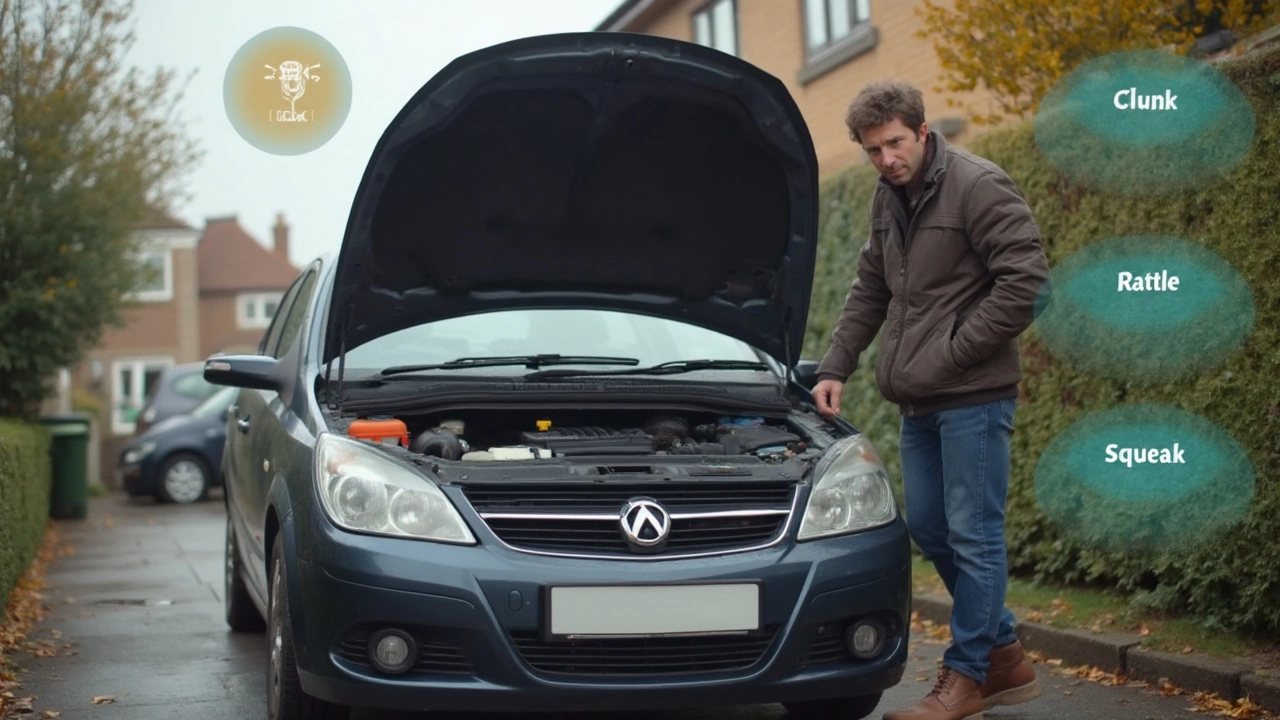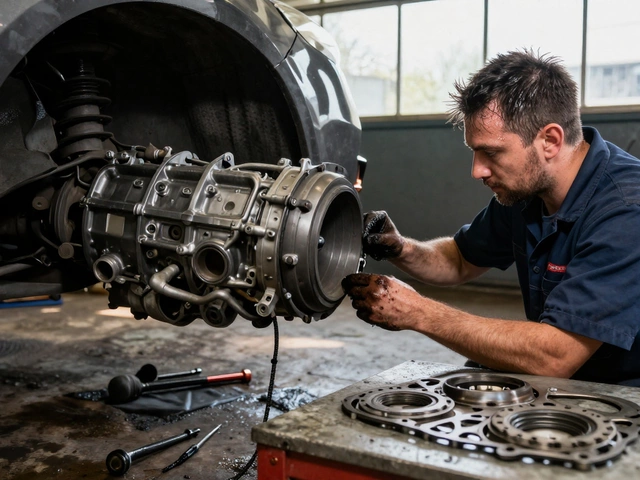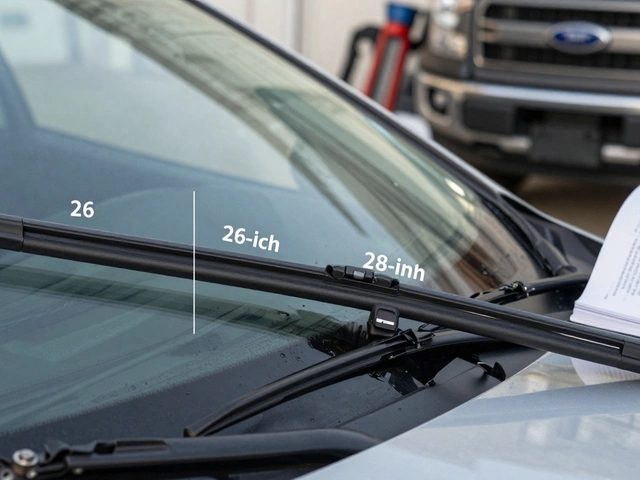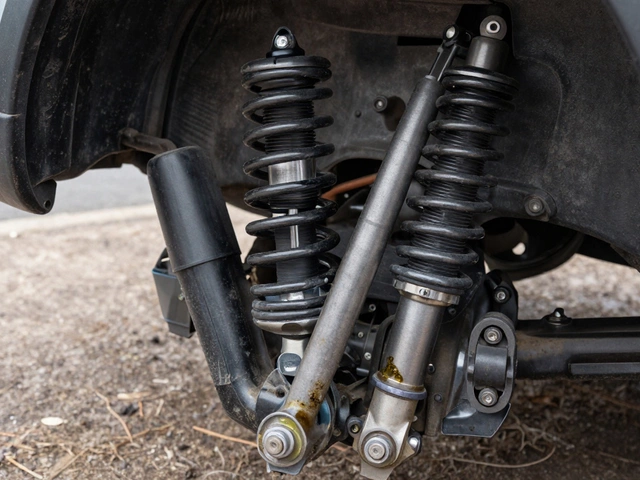Bad Suspension Sounds: What They Mean and How to Fix Them
When your car makes bad suspension sounds, unusual noises coming from the wheels or undercarriage that signal worn or broken suspension parts. Also known as suspension noise, these sounds are your car’s way of screaming for help before something breaks completely. It’s not just the noise—it’s what it hides. A clunk over a bump? That’s not normal wear. It’s often a worn control arm bushing, a loose ball joint, or a broken strut mount. A rattling sound at low speeds? Could be a failing shock absorber or a broken sway bar link. Ignoring these sounds doesn’t make them go away—it just makes the repair bigger, and way more expensive.
These suspension problems, issues with the system that connects your wheels to the car’s frame, absorbing bumps and keeping tires on the road. Also known as vehicle suspension, it includes shocks, struts, springs, and connecting parts. don’t just hurt your ride—they hurt your safety. Worn suspension parts mean your tires don’t stay flat on the road, especially when turning or braking. That means longer stopping distances, less control in wet conditions, and a higher risk of losing traction. And here’s the kicker: bad suspension can also wear out your tires faster, mess with your alignment, and even put extra stress on your steering and brakes. It’s a chain reaction, and it starts with a sound you keep ignoring.
That’s why shock absorbers, components that dampen the bounce of your springs to keep your car stable and controlled. Also known as shocks, they’re one of the most common culprits behind bad suspension sounds. matter so much. When they go bad, you don’t just feel every bump—you hear it. A hollow thump when you hit a pothole? That’s a dead shock. A squeak when you turn? Could be dry bushings. You can’t see these parts working, but you sure feel it when they stop. And if you’ve noticed your car leaning more in corners or bouncing after a bump, you’re already driving on worn-out parts.
Don’t wait for a part to snap. Bad suspension sounds are early warnings—and they’re easy to check. You can do a simple bounce test: push down hard on each corner of your car. If it bounces more than once, your shocks are likely done. Look for oil leaks on the shocks—they’re a dead giveaway. Check for cracked rubber bushings, loose bolts, or bent parts under the car. These aren’t hard fixes, but they need attention before they turn into something dangerous.
Below, you’ll find real, practical guides from drivers who’ve been there. From how to tell if your shocks are failing to what causes that scary clunk over speed bumps, we’ve got the answers that actually help. No guesswork. No fluff. Just what you need to know before you head to the shop—or decide to fix it yourself.





